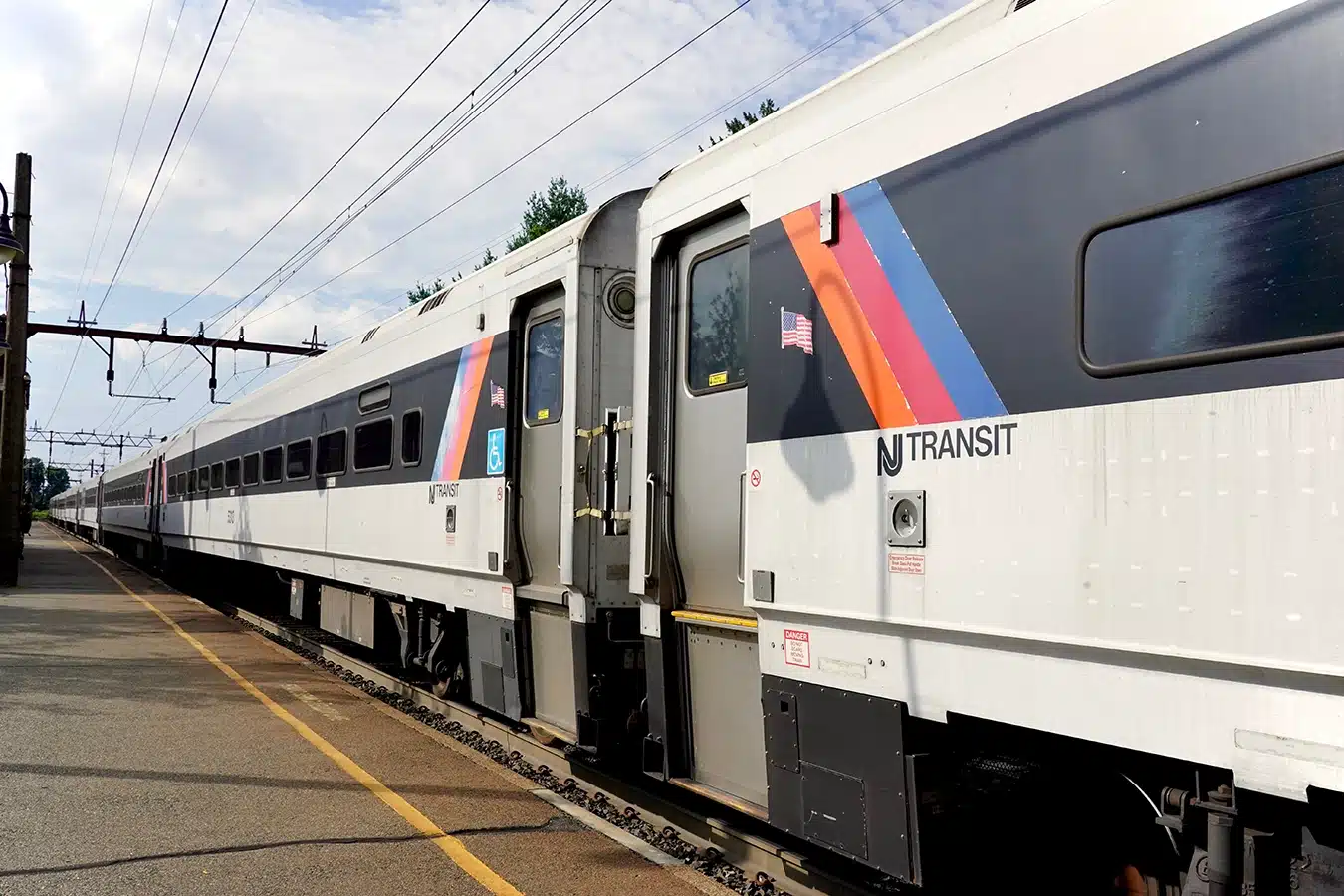The 2025 New Jersey governor’s race is officially on. Democrat Mikie Sherrill and Republican Jack Ciattarelli clinched their party nominations in June—and while their platforms diverge in tone and tactics, there’s one key issue they surprisingly agree on: NJ Transit’s real estate footprint brims with potential for redevelopment.
Why? Because NJ Transit isn’t just moving people—it’s also sitting on hundreds of land parcels across the state, many of which are underutilized. From surface parking lots near train stations to outdated depots, this land holds real potential to support affordable housing, drive economic growth, and generate much-needed revenue.
Last year, the state proposed a $100 million plan to activate these sites through the NJ Economic Development Authority—but the funding mechanism stalled in the legislature. Now, with the general election ahead and both candidates floating different strategies, the conversation around NJ Transit’s property portfolio is heating up again.
Analysis Reveals Scope of NJ Transit’s Property Footprint
While the political debate over NJ Transit’s future unfolds, the opportunity is already visible on the map. Using LightBox Vision, more than 700 NJ Transit-owned parcels—grouped into aggregated lots across the state—have been mapped, revealing a real estate footprint that spans nearly 1,800 acres from Bergen County to the Shore.
The portfolio includes surface parking lots, maintenance yards, vacant tracts, and properties near rail lines—many already adjacent to commuter corridors or zoned for higher-density use. Others lie within commercial or mixed-use districts, suggesting strong potential for redevelopment.
Waldwick Shows What’s Possible When Transit Land Is Reimagined
One of the clearest examples of what NJ Transit-owned land can become is in Waldwick, where a vacant industrial site next to the train station was transformed into a 110-unit luxury apartment complex with retail and amenities. The project, developed by Russo Development and Dinallo Construction Corp., revitalized the borough’s village center and now delivers nearly $479,000 in new tax revenue.
At the same time, NJ Transit’s historic 1887 station depot—long unused—was leased to the Waldwick Community Alliance and restored as a railroad museum and community meeting space. This adaptive reuse preserved local history, added civic value, and was completed at no cost to NJ Transit.

Together, these developments show how NJ Transit assets, when paired with local vision and developer partnerships, can deliver both economic and community benefits.
“To help users evaluate transit-adjacent redevelopment opportunities, LightBox Vision layers zoning, transit lines, census data, and surrounding CRE footprints onto NJ Transit’s portfolio,” said Jose Robles, senior customer success manager at LightBox. This reveals not just where development potential exists—but also where challenges like environmental constraints or fragmented parcels could affect feasibility.
“A lot of these sites look promising at first glance, but Vision helps uncover the real story,” said Robles. “You can quickly see which parcels align with local zoning, where adjacent land use supports redevelopment, and where there might be roadblocks.”
For investors, planners, and agencies, the analysis may help answer:
- Which sites are underutilized but transit-adjacent—ripe for housing, retail, or mixed-use redevelopment?
- Where does current zoning already support higher-density uses—but the land remains dormant?
- Which properties are in neighborhoods already undergoing change, and could anchor new investment?
From an infill affordable housing lens, proximity to transit makes these sites inherently valuable—but questions remain. Will towns embrace redevelopment, or resist it? What mix of multifamily, infrastructure, and commercial uses will align with local goals—and politics?
This analysis is a starting point for evaluating the feasibility and timing of reactivating NJ Transit’s portfolio. With both gubernatorial candidates signaling interest in repurposing NJ transit assets, the conditions for policy-driven redevelopment are beginning to align with market fundamentals.
State vs. Local: The Next Battle Over Transit Real Estate
Mikie Sherrill has voiced support for leveraging NJ Transit’s underutilized properties to address New Jersey’s housing shortage. Her platform emphasizes transit-oriented development, with a focus on affordable and mixed-use housing near rail and bus lines. Sherrill backs coordinated state action to repurpose obsolete infrastructure into livable, walkable communities.
Jack Ciattarelli, meanwhile, supports a more decentralized approach. He has proposed selling or leasing surplus NJ Transit land to municipalities or private developers, allowing local authorities to determine the best use. His emphasis is on fiscal efficiency—generating revenue and reducing state management burden—though redevelopment for housing remains a likely outcome in many cases.
Both approaches would increase private-sector access to publicly held land. The distinction lies in who drives the planning process—state-led with housing targets or locally controlled with market-led outcomes.
CRE Implications as the Race Heats Up
With the 2025 gubernatorial race underway, one of the most consequential issues for New Jersey’s built environment is hiding in plain sight: what happens next to NJ Transit’s land portfolio. The next administration’s stance, whether proactive or hands-off, will shape how quickly these assets are brought into productive use.
Transit agencies in other states from Illinois and California to Massachusetts and Maryland—are closely watching what New Jersey does next. A well-executed model here could offer a powerful playbook for how public-sector land is activated in markets across the country.
Either way, the New Jersey election won’t just decide leadership, it will influence how fast and how smart NJ Transit’s land transitions into community-serving developments. With the blueprint set, prepared CRE players will gain the first-mover advantage as state funding solidifies, and parcels begin to trade.
With the known universe of more than 700 NJ Transit–owned sites, stakeholders can strategically target what’s in play. Both New Jersey candidates support rethinking public land for modern needs; the difference will be in execution, speed, and coordination.
For CRE players underwriting deals, advising municipalities, or scouting their next zone for growth, the groundwork is in place. What happens next depends on timing, leadership, and a readiness to act.
Subscribe to LightBox Insights for the latest on policy shifts, zoning trends, and asset-level opportunity.
Request a demo of LightBox Vision to uncover redevelopment opportunities in your market.
